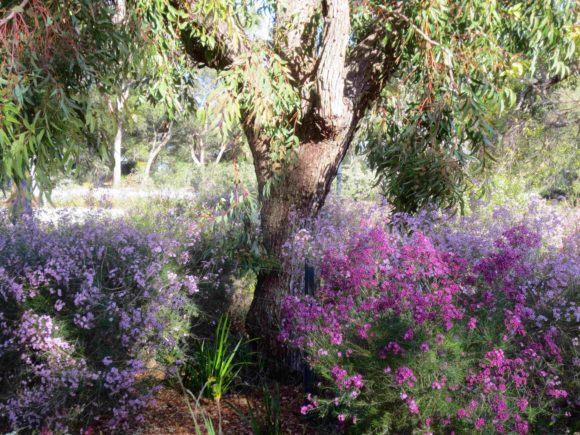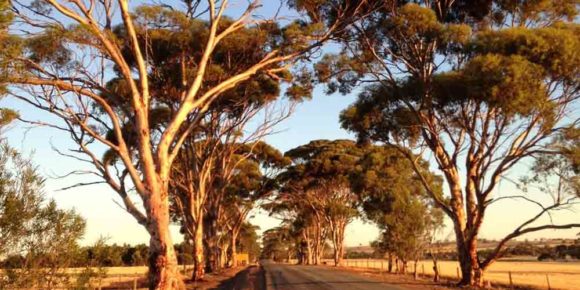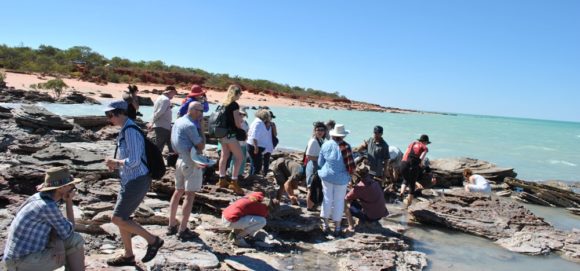DPaW invites you to attend the Banksia Woodland Management Workshop on Friday 16th June 2017 from 10am – 4.30pm at the McNamara Conservation Science Centre, Department of Parks and Wildlife (17 Dick Perry Avenue, Kensington, WA). SEE VENUE CHANGE BELOW
Department of Parks and Wildlife is planning a packed program with 21 speakers giving 5, 15 and 20-minute talks for community and professional land managers of Banksia woodland. One of the speakers is the patron of Murdoch Branch Dr Joe Fontaine. Joe will also talk on outcomes of PhD project undertaken by one of his student Pawel Waryszak. Pawel and Joe spent 4 years surveying and analysing the outcomes of multiple experimental treatments in the restoration project that utilized topsoil salvaged from under cleared Banksia woodland at the Jandakot Airport. The topsoil, that contains large native seed bank, was transferred to two restoration sites, at Anketell Road and Forrestdale Lake, with aim to rehabilitate degraded paddock. Come, learn and show your support for this unique WA ecological community.
The workshop is planned to start with an overview of Banksia woodlands on the Swan Coastal Plain and more details about its very recent federal listing as a threatened ecological community. Parks and Wildlife staff will then share outcomes from five years of the Banksia Woodland Restoration Project, as well as research on fire recovery and weed management. To follow, sessions will showcase studies from respected academics and researchers on the topics of dieback, groundwater, genetics, fire, and fauna, and feature case studies of Banksia woodland management from local government and community perspectives. An opportunity for informal discussion will follow. The workshop is a free event with lunch, afternoon tea and refreshments provided but registration is critical.
On Tuesday 20th June 2017 (10am – 12 noon), Parks and Wildlife staff offers also a guided tour to Banksia woodland restoration site at Anketell Road in Oakford (self-drive).
To register, contact Julia Cullity at Julia.Cullity@dpaw.wa.gov.au or on 9442 0320 (please indicate whether you will be attending the workshop, field trip or both). Registrations close Friday 2nd June 2017.
STOP PRESS: CHANGE OF VENUE AS AT 29 MAY 2017
Due to a huge response of interest, we have changed the venue of the Banksia Woodland Management Workshop.
- Banksia Woodland Management Workshop
- The University Club of Western Australia, UWA
- 9.45–4.30pm Friday 16 June 2017
Parking may be limited. Additional free parking at Parks and Wildlife Crawley office is available 1km from the venue. Please see reception for a parking permit.
Please confirm that you can make this change of venue. And if you haven’t already responded, please let me know if you have any special dietary requirements and if you would like to attend the post-conference field trip on Tuesday 20 June 2017.
Cheers
Julia Cullity
Community Bushland Coordinator
P: 9442 0320| M: 0400 017 977| E: julia.cullity@dpaw.wa.gov.au



